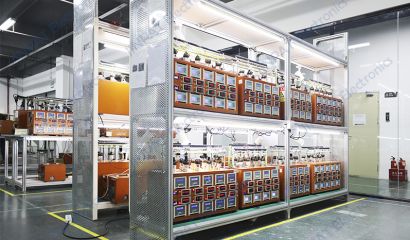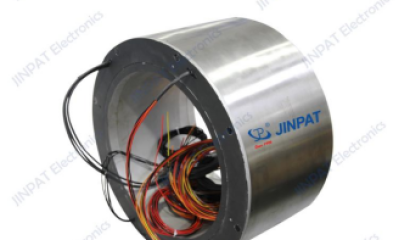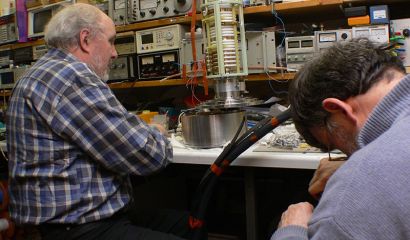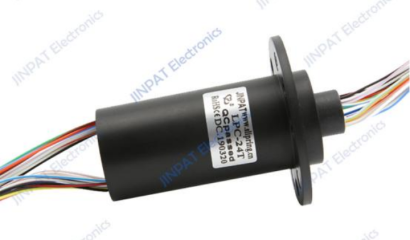JINPAT LPHF-04E Slip Ring for Seamless Radar Rotation and Unobstructed Detection
The LPHF-04E boasts a transmission frequency of up to 4 GHz, multi-channel integration capabilities, a compact structural design, excellent electrical performance, and an ultra-long mechanical lifespan, significantly improving the overall performance and reliability of the radar system.
2025-10-10 14:35 by admin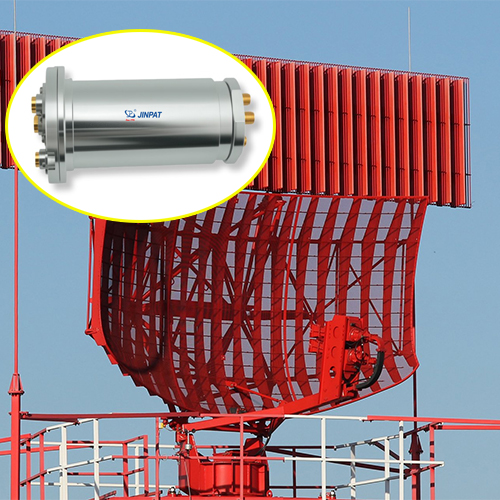
Radar systems are core equipment in modern defense, weather detection, air traffic control, and other fields. Their performance is highly dependent on the efficiency of the antenna system. However, achieving stable, low-loss high-frequency signal and power transmission between the fixed platform and the rotating antenna mount is a technical challenge. Traditional cable winding methods severely limit the antenna's rotation range and continuity, while the contact method of brushes and slip rings cannot meet the requirements of high-frequency signal transmission. To address this problem,JINPAT has introduced the LPHF-04E high-frequency slip ring.

JINPAT LPHF-04E high-frequency slip ring has many special features, such as:
1.High-Frequency Multi-Channel: Supports 4GHz transmission frequency and integrates up to four independent channels.
2.Compact and Lightweight: Adopts a high-density design for a compact, lightweight design.
3.Excellent Performance: Ultra-low insertion loss and voltage standing wave ratio ensure signal fidelity.
4.Extremely Long Life: Mechanical lifespan of up to 5 million cycles, ensuring high reliability.
5. Rugged and Durable: Specialized interface design ensures stable operation in devices subject to continuous operation.
In summary, the JINPAT LPHF-04E high-frequency slip ring offers high frequency, multi-channel performance, compact size, lightweight design, excellent electrical performance, and exceptionally long life, perfectly meeting the stringent rotary connection requirements of modern radar antenna systems. It not only solves the core technical challenges of radar antenna rotational transmission but also provides strong support for radar system upgrades in terms of performance, reliability, and affordability. It is a key component in enhancing the competitiveness of next-generation radar systems.





